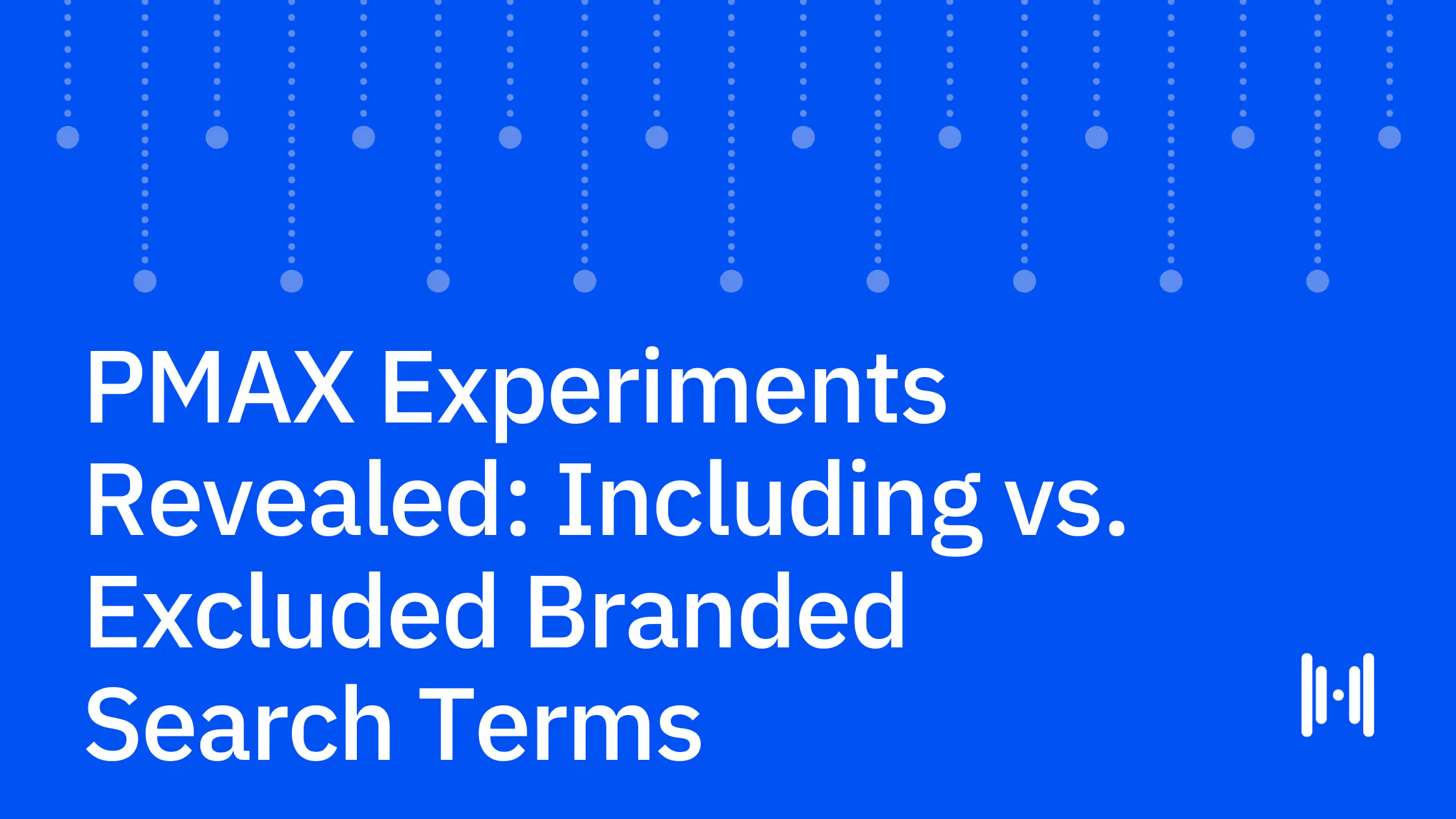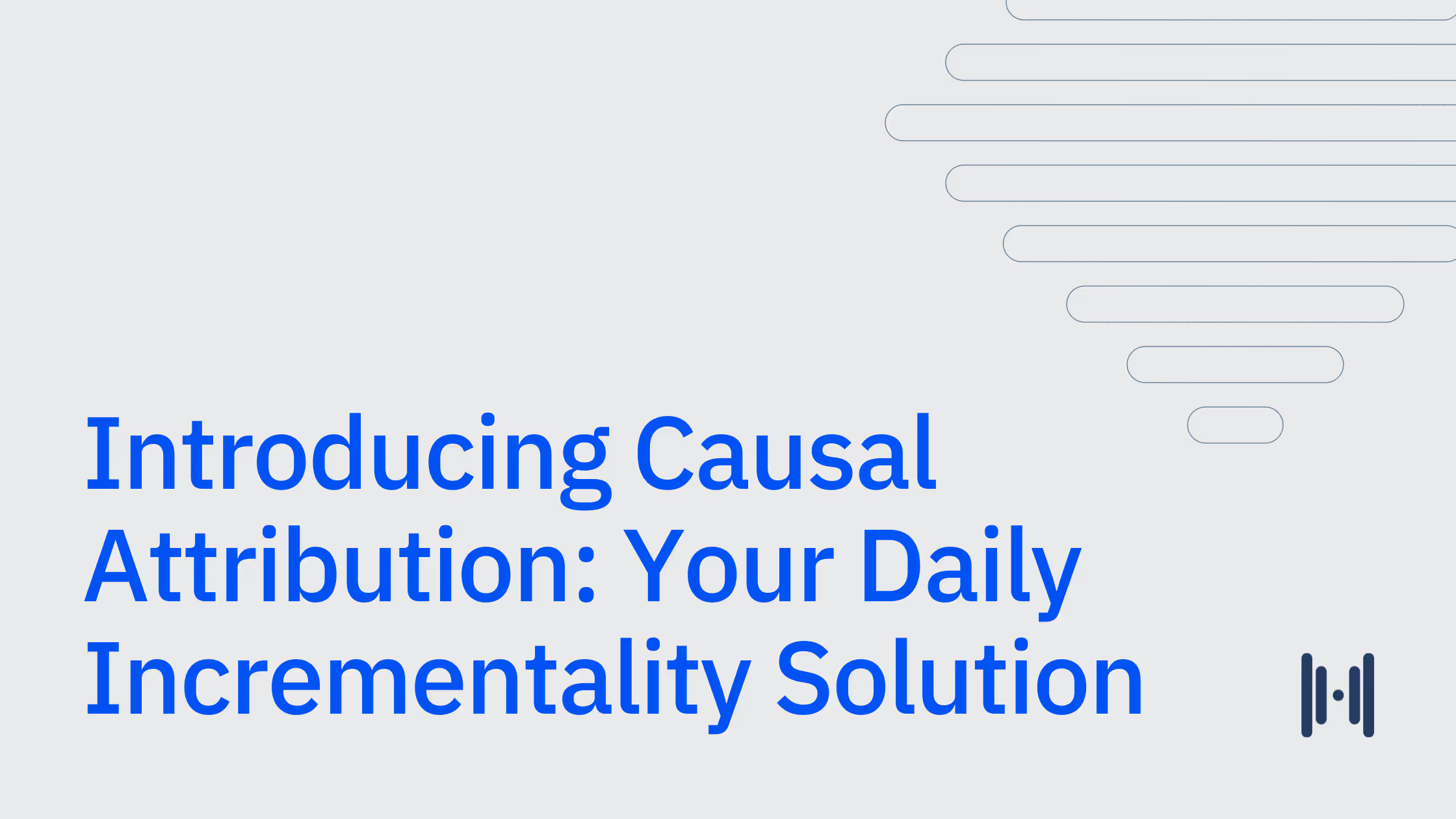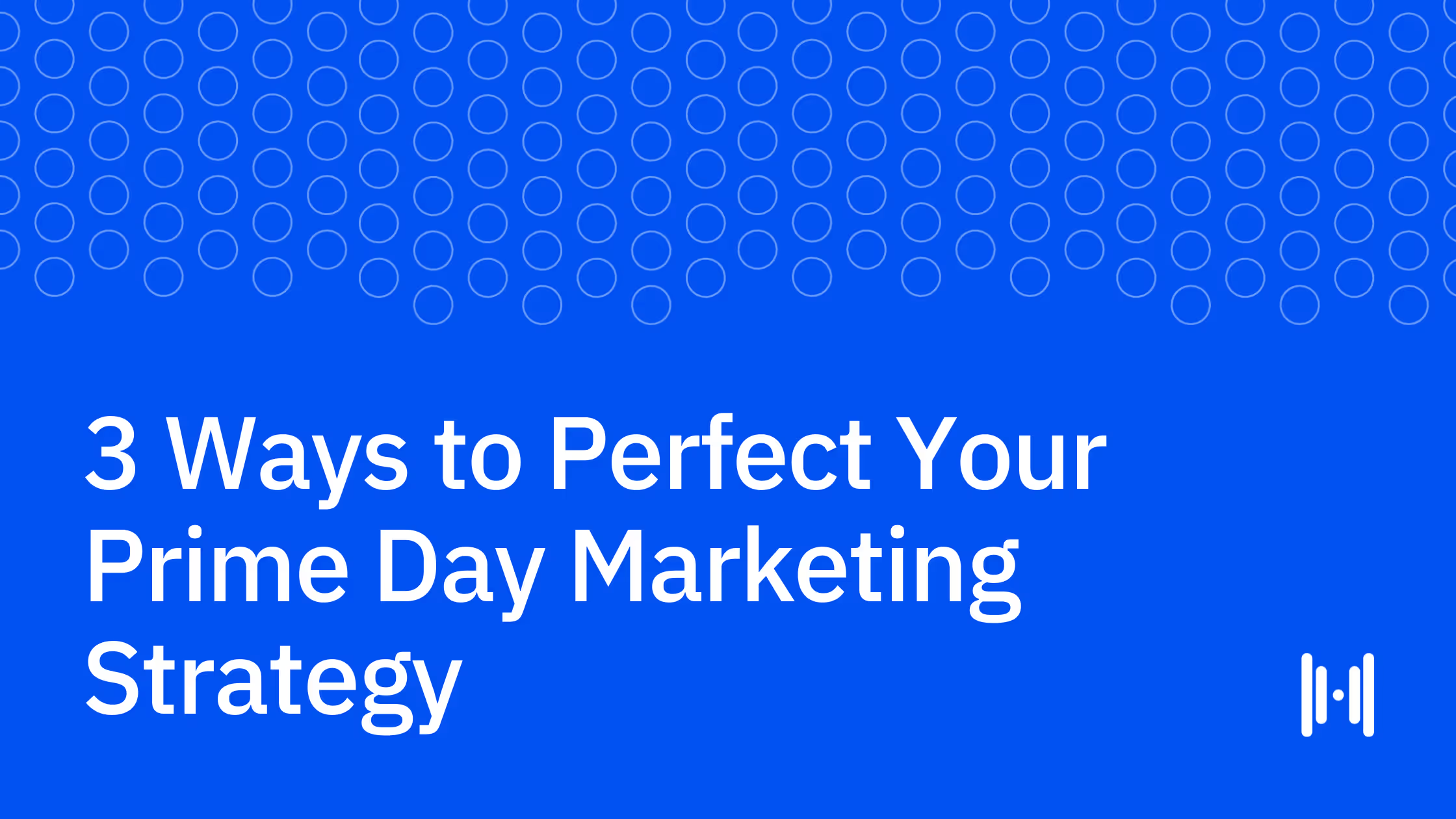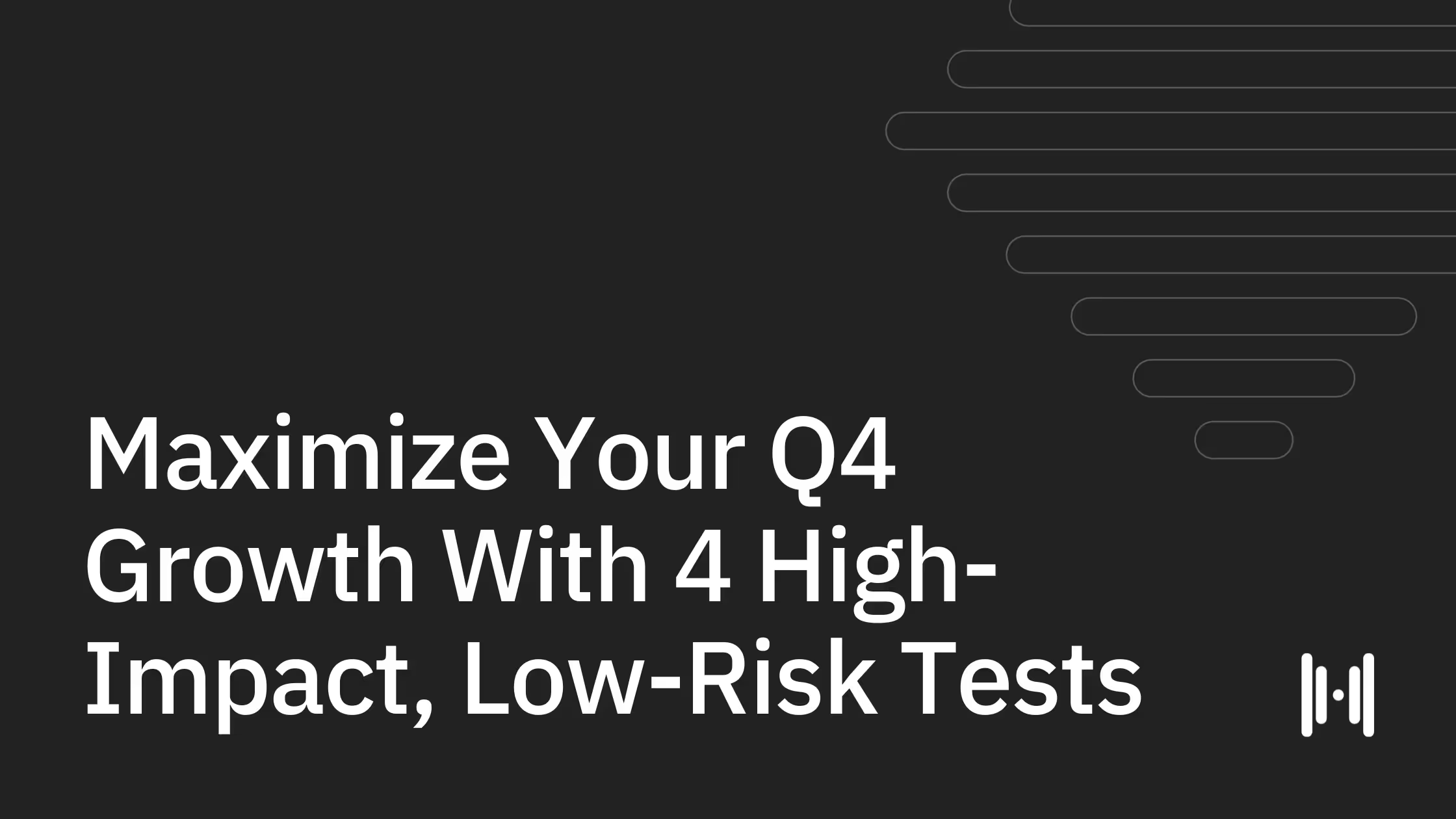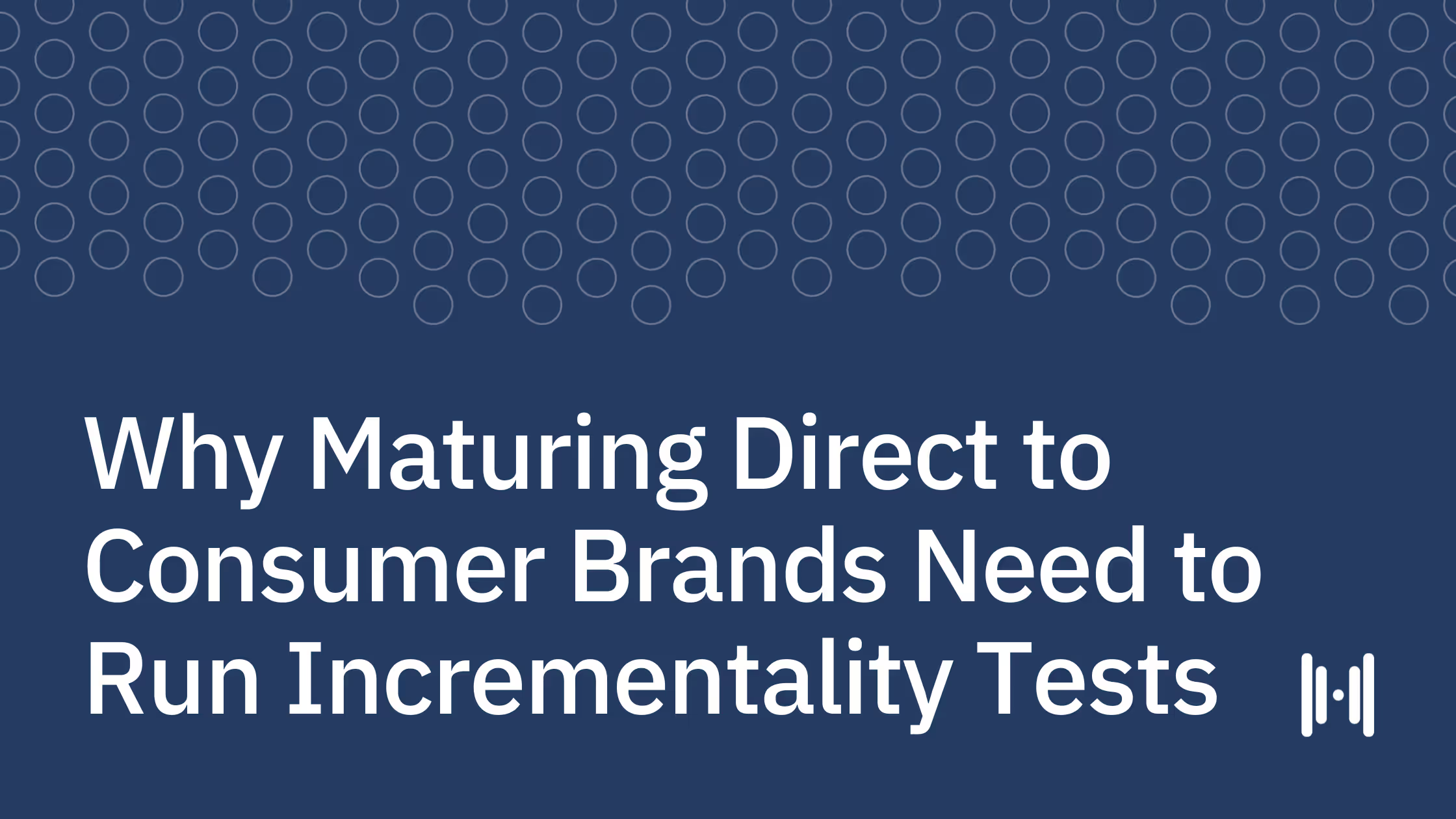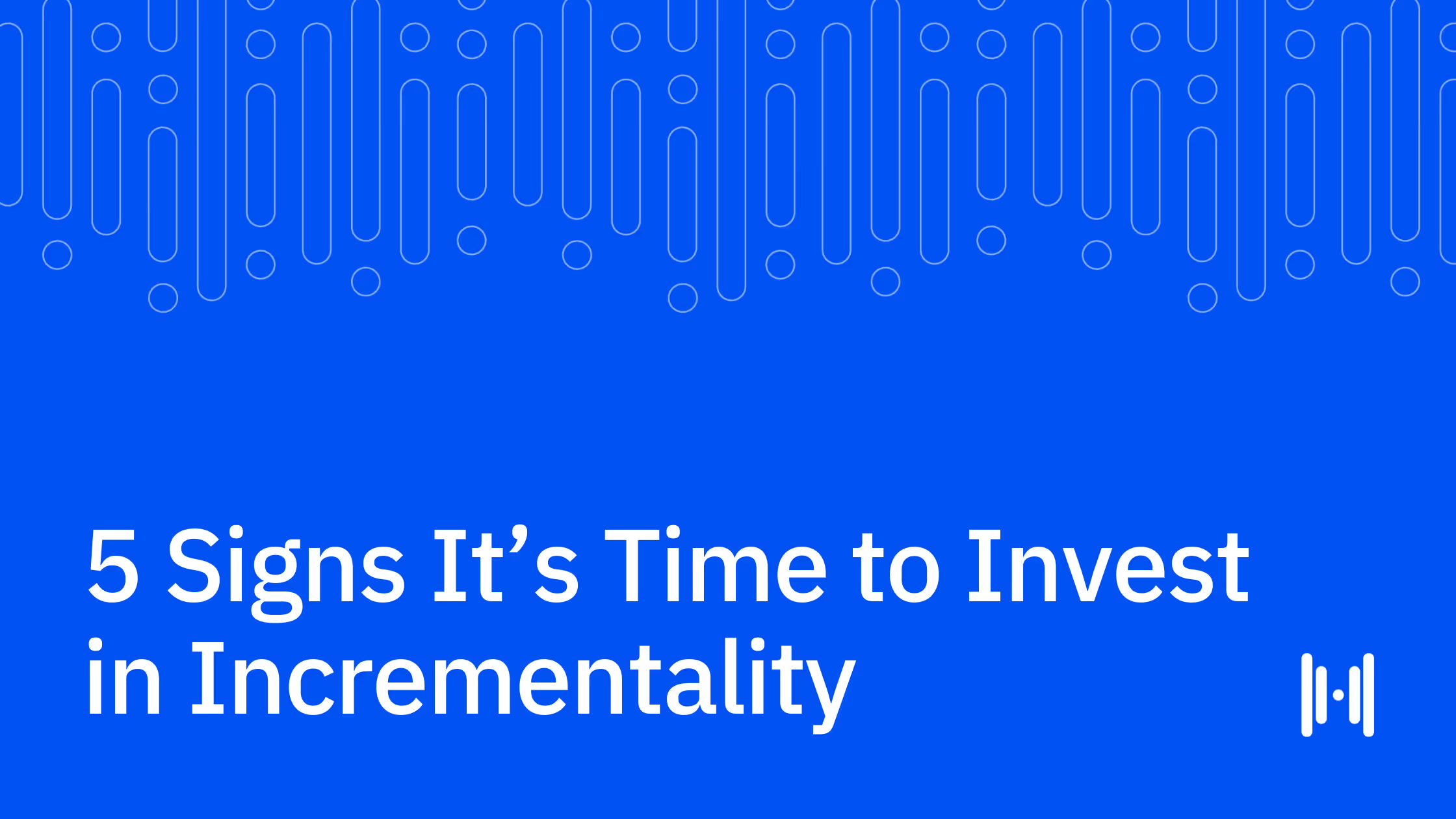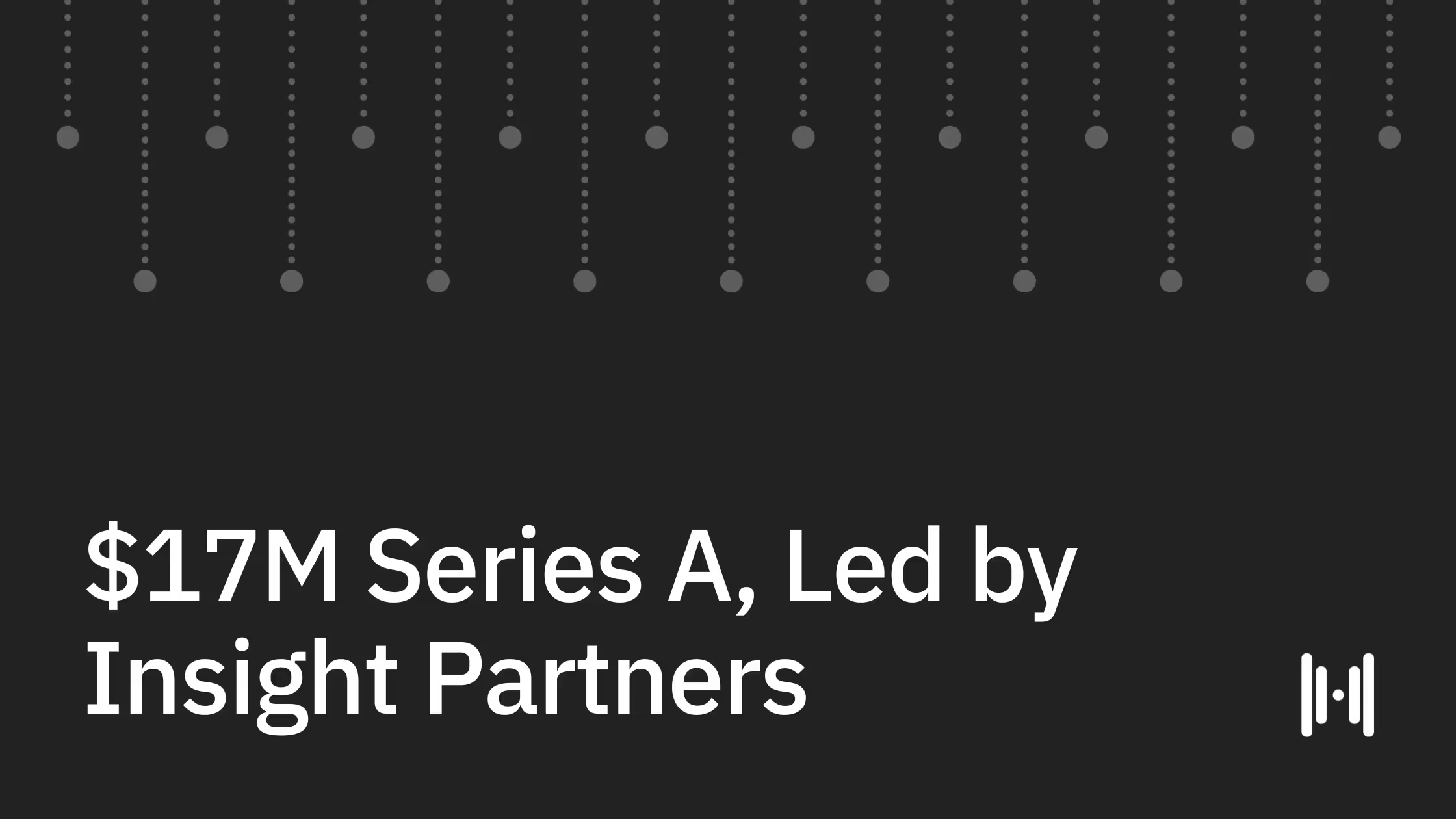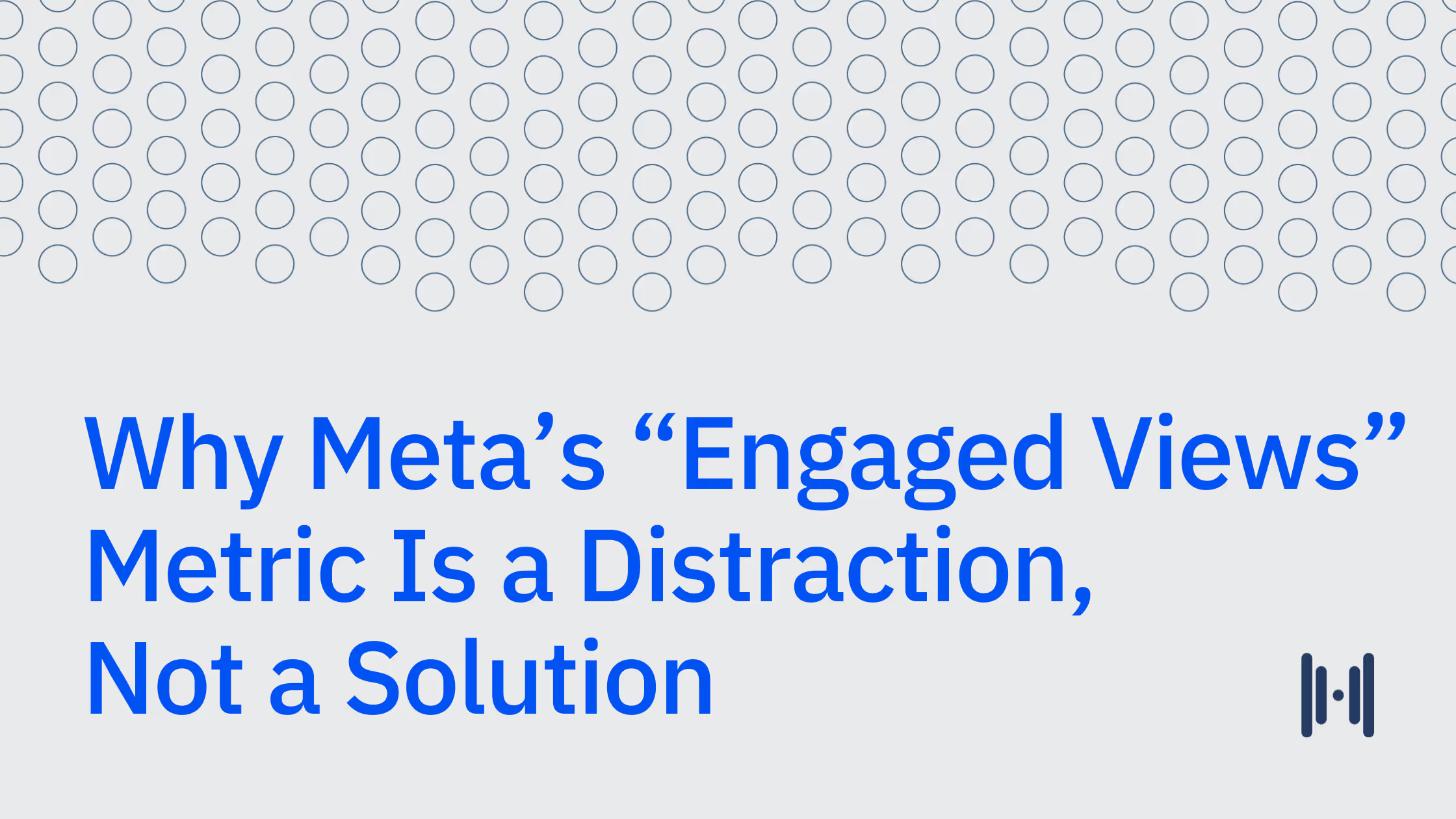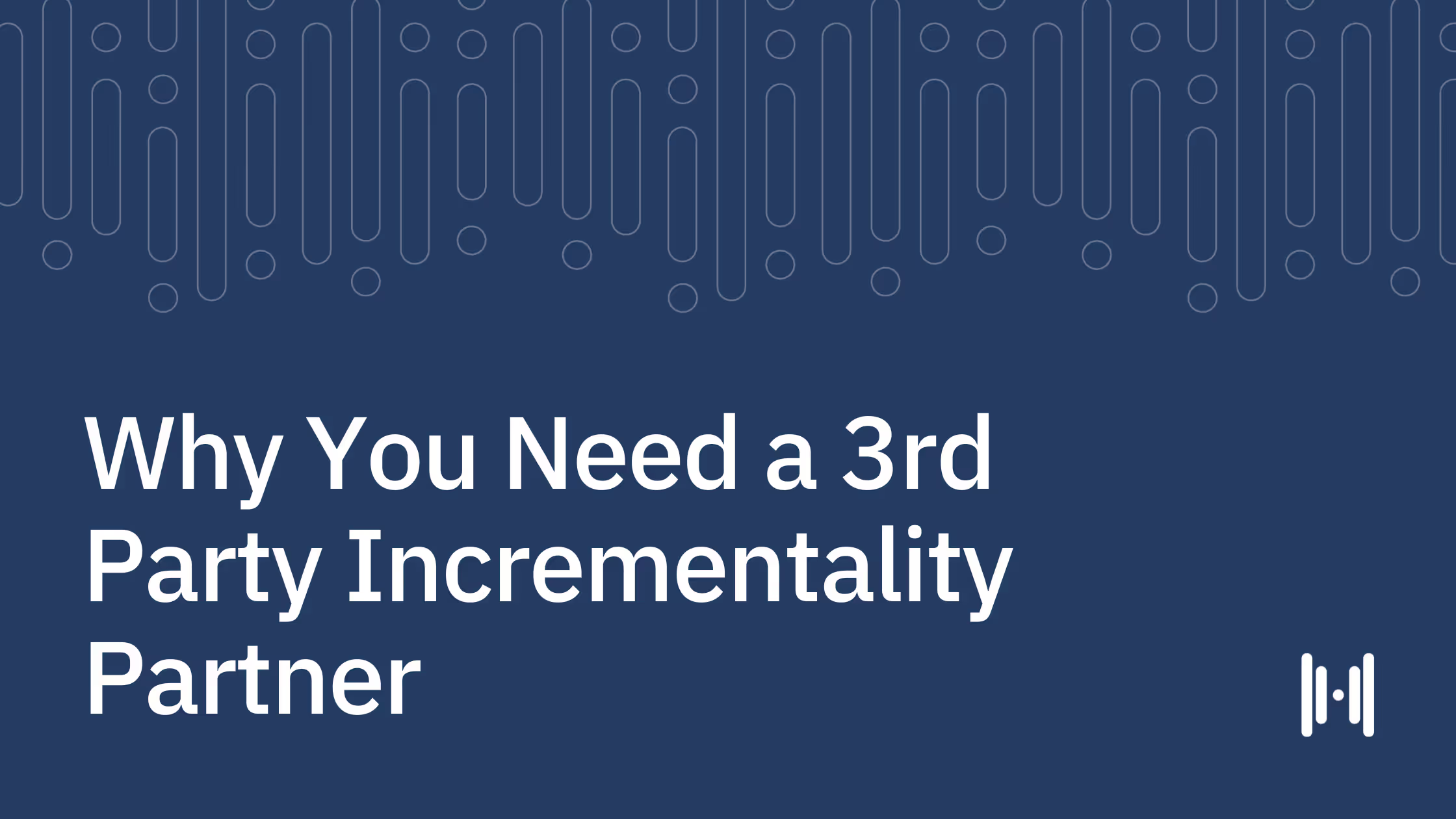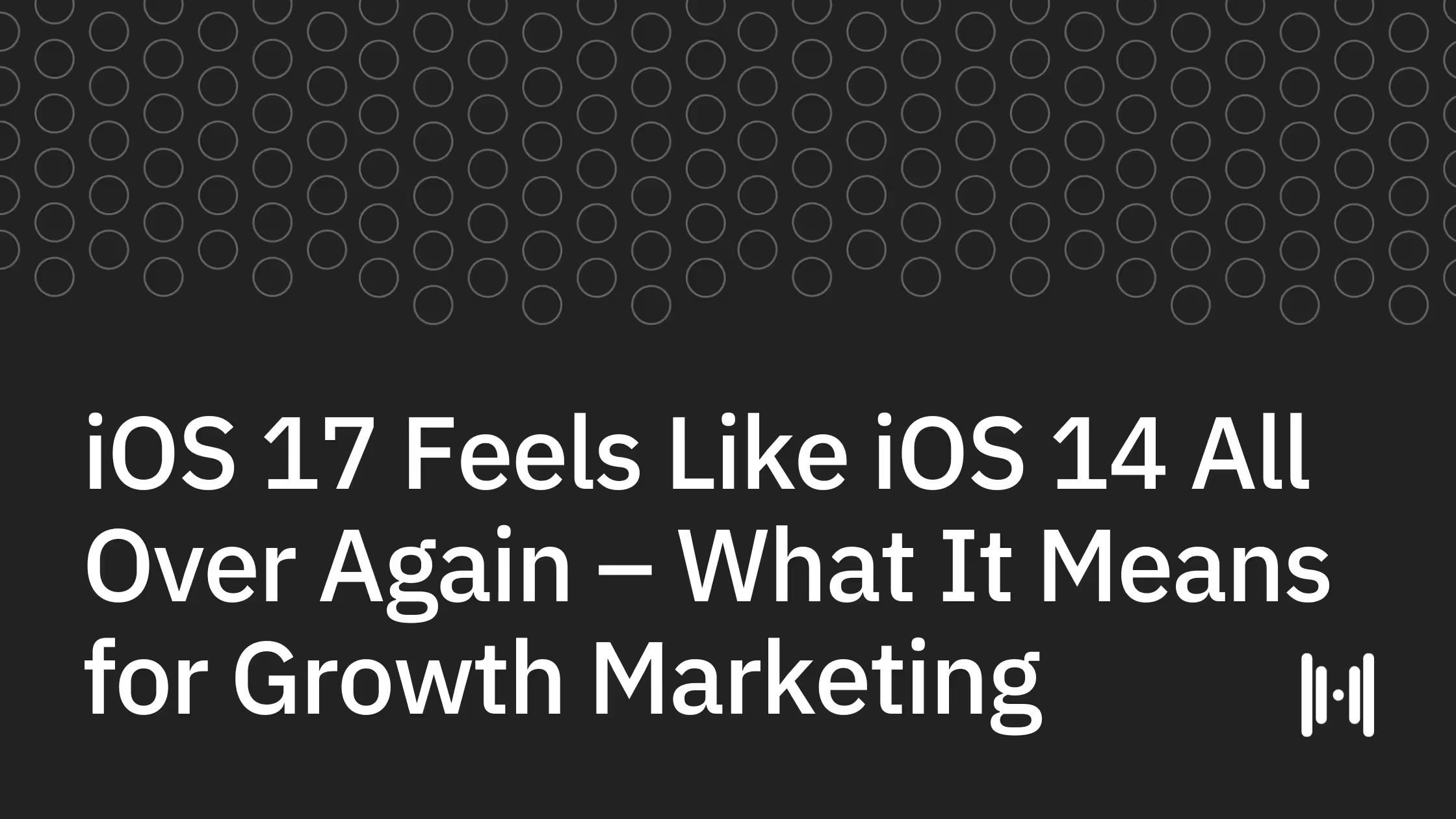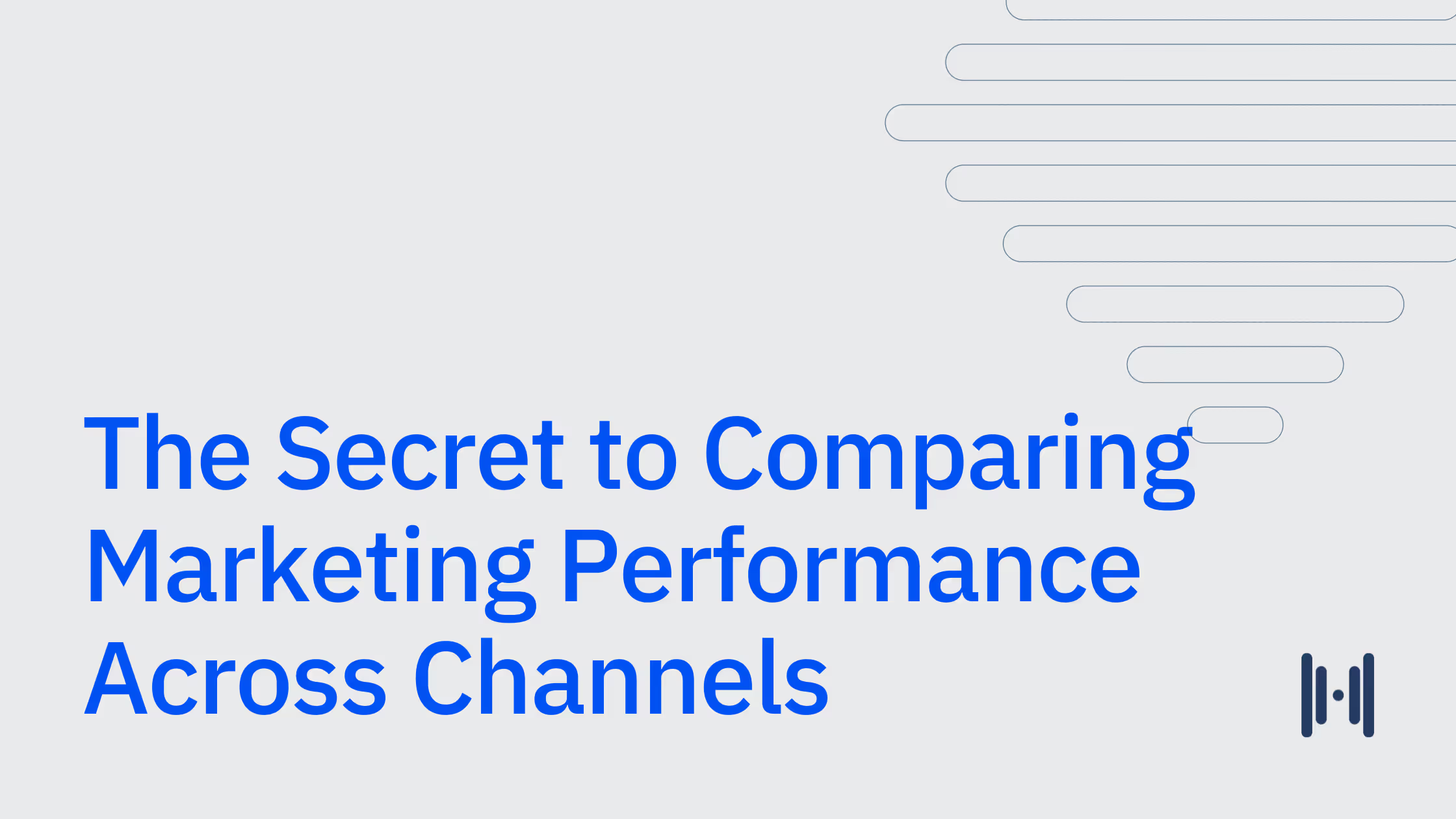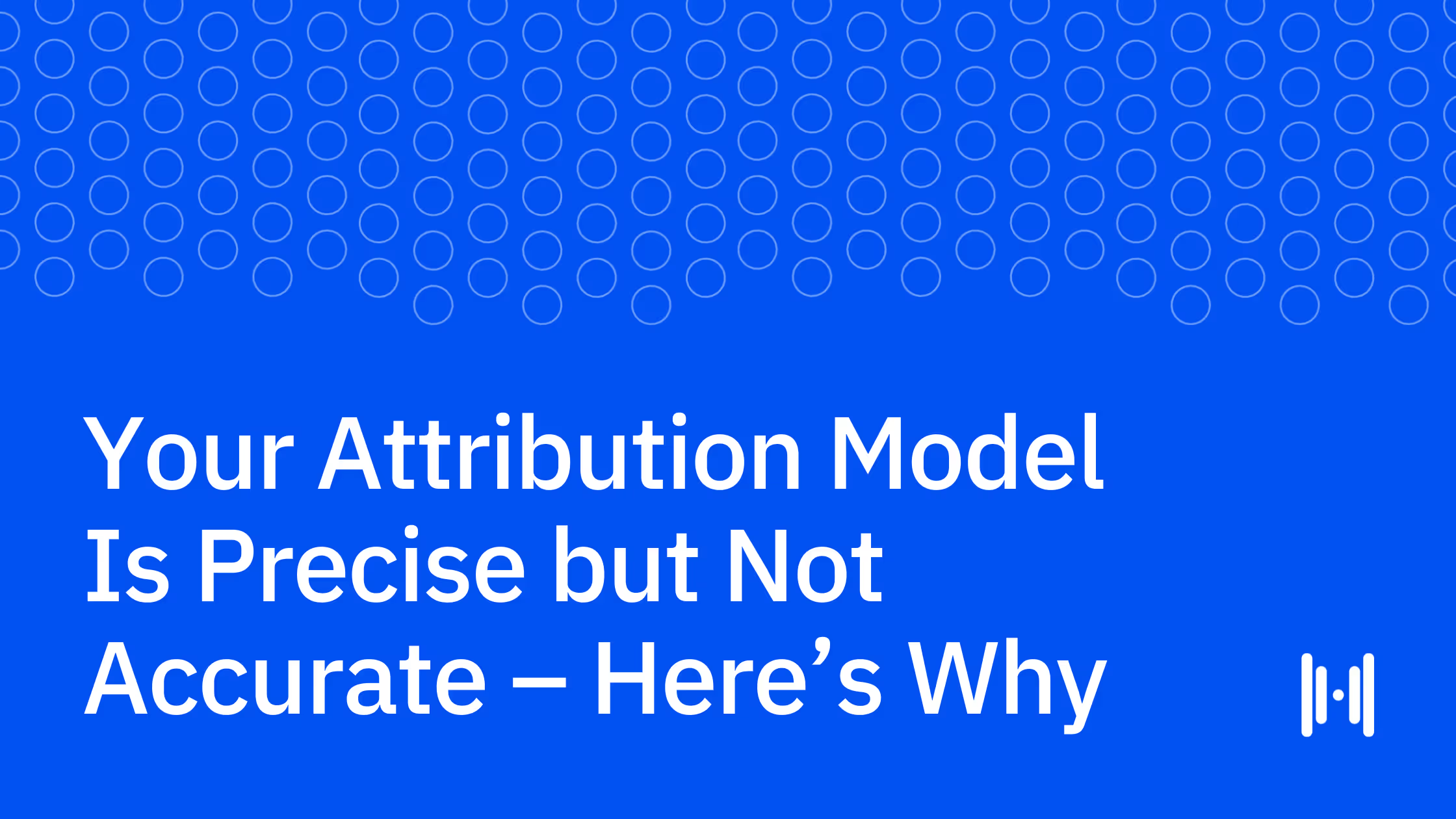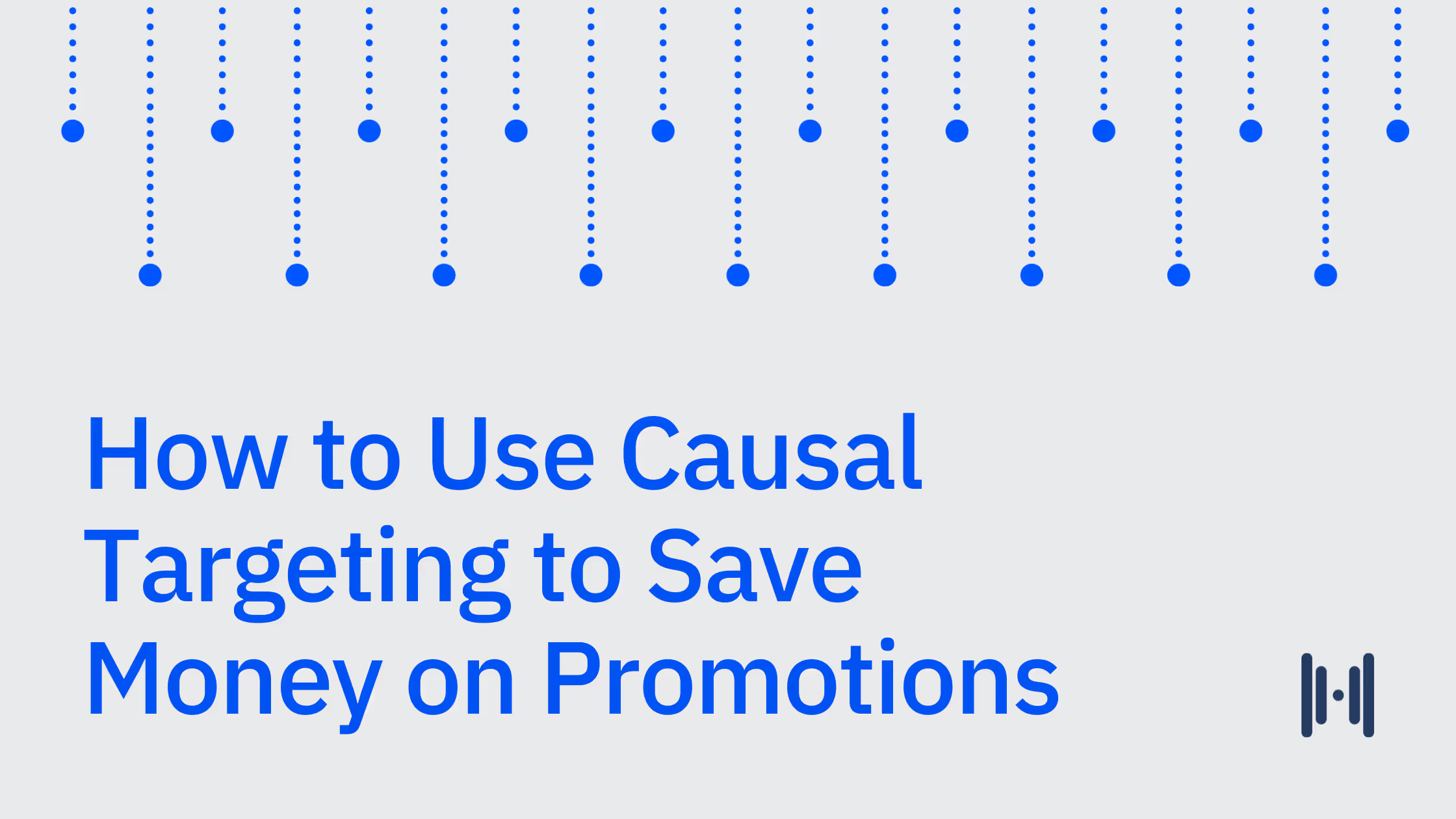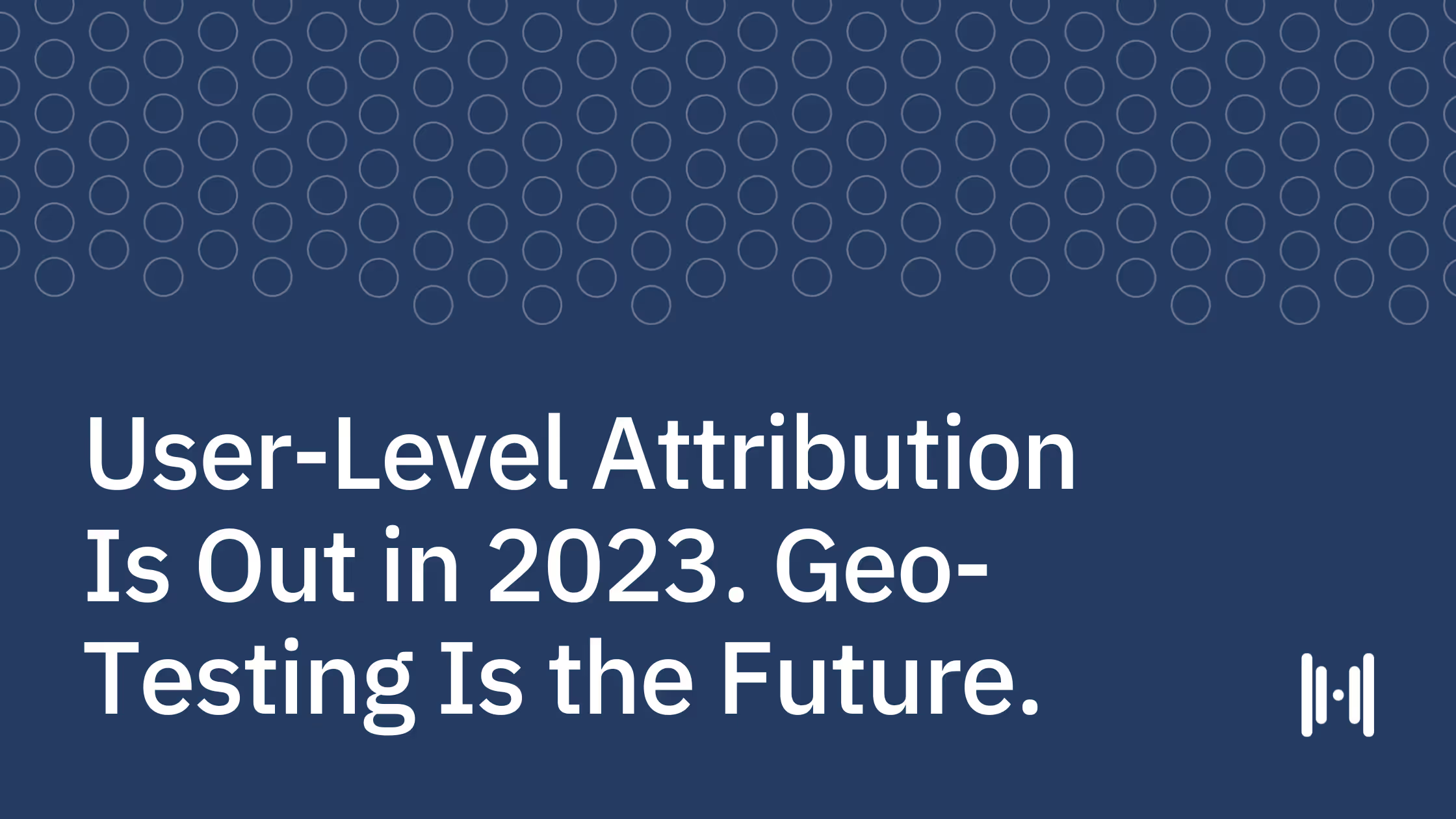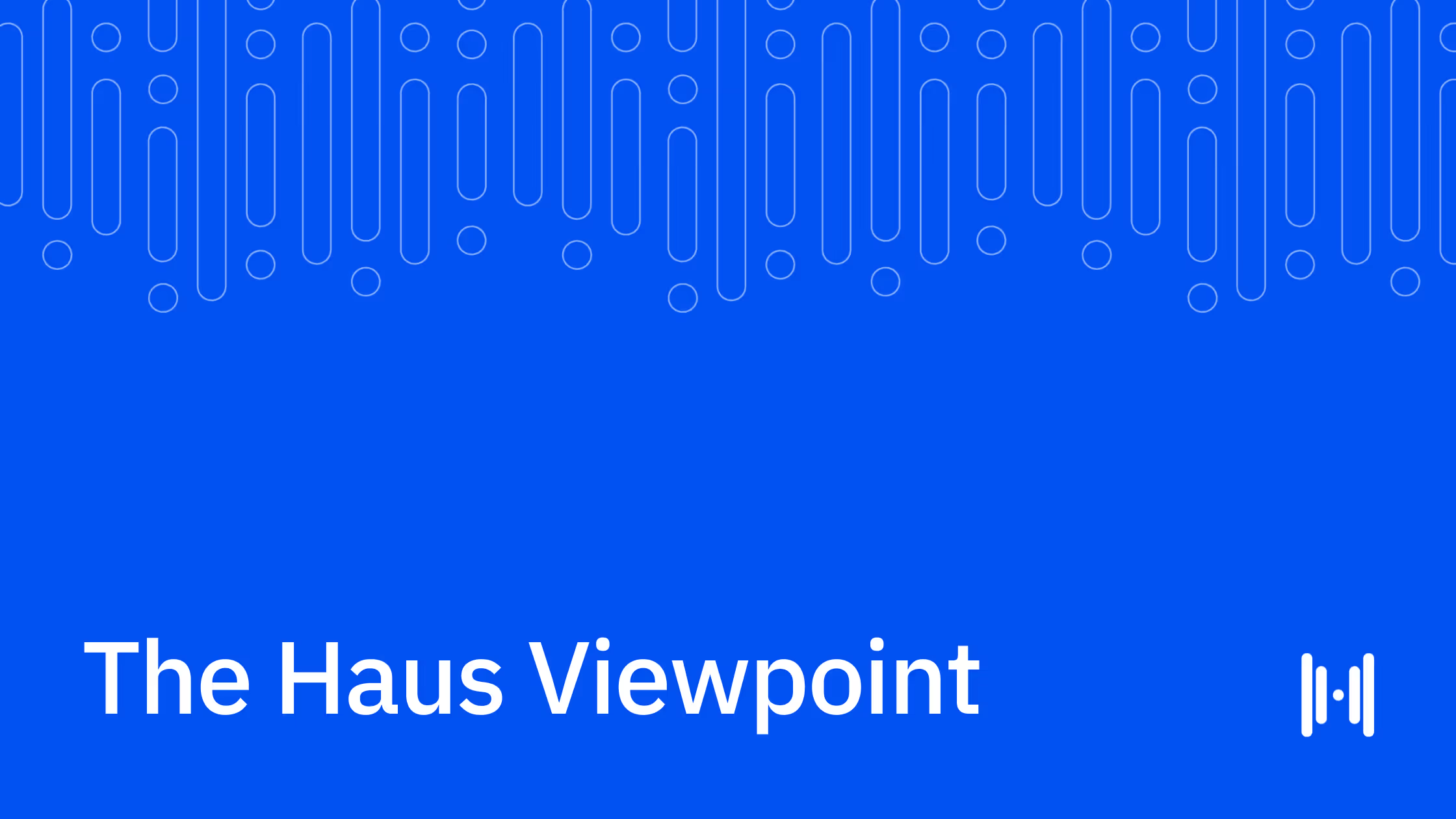Conversion Lag Insights: How Haus Tests Can Help Optimize Q4 Budgets
Post-treatment windows offer a unique glimpse into the lingering impacts of advertising campaigns after they’ve concluded.
Tyler Horner, Analytics Lead
•
Sep 5, 2024

As marketers, we infer that consumers do a lot of window-shopping — browsing our shops without an immediate intent to buy — during the months-long lead-up to Black Friday.
But in a world where we have an increasingly thin toolbelt for tracking users in our conversion funnel, how do we know to the extent this assumption is true? Is it necessary to “build up the funnel” ahead of seasonal demand and peak shopping periods or should we save our budget for when sales start to spike?
The consequences of making the wrong assumptions here could be the difference between hitting and falling short of Q4 targets — so we decided to turn to our Q4 2023 experiment database to see what we could learn. But before that, a quick word on why Haus is uniquely positioned to answer these questions.

Making sense of the post-treatment window
At Haus, we have a feature called a post-treatment window (PTW) which allows brands to measure the latent or delayed effect of advertising on prospects in their funnel.
Think of it as turning a standard holdout experiment into a longitudinal study: we continue to track the holdout group, prospects who have just gone weeks without seeing any ads, for a few extra weeks after the experiment to see how long it takes their demand to come back to baseline. If it takes a long time for the holdout to come back to baseline, we can infer the channel drives strong long-term impact. For bottom-of-funnel advertising like search, the holdout might recover quickly, but for more upper-funnel advertising like video, it can hypothetically take longer.
For the purposes of this article, we’ll call lift measured while the holdout is still live “immediate lift” and lift measured during the PTW “delayed lift”.
As you’ll see, this data is instrumental in better understanding your conversion funnel and learning how or, more importantly, when to push budget into the different advertising channels in your mix. Let’s get into the data.
Insights from Haus’ Q4 2023 experiments
Methodology Note: The experiments fueling the insights below were all launched during October or November 2023. The average test duration was three weeks and the average post-treatment window was two weeks.
Delayed lift exceeded immediate lift in 73% of experiments
In other words, day-to-day performance indicators aren’t very relevant during the bulk of Q4 – such reporting only represents a fraction of the value your campaigns are producing.
In one example, a customer ran a holdout on their Meta awareness campaign from September 28 to November 9. During this period, their campaign drove a lift of 250 incremental new customers. Over the following two weeks leading up to Black Friday, the first two weeks of the PTW, things were quiet — lift didn’t increase at all. Then, on the day of Black Friday itself, we measured a lift of 405 new customers. During the weekend, this brand would ultimately measure a lift of 878 new customers, all driven by ads deployed between two weeks and two months prior — that’s 250% more impact than the ads drove during the six weeks they were live.
Many of the other experiments in our database followed a similar pattern — but as we’ll soon see, some channels saw a greater lift than others.
Video campaigns drove 286% more delayed lift than search
Video campaigns across YouTube and CTV drove the most delayed lift among all channels, measuring on average 286% greater lift during the period following the holdout test compared to search and shopping campaigns (including PMAX).
Awareness campaigns across social channels like Meta weren’t terribly far behind video, driving about 137% more delayed lift than search campaigns. Conversion campaigns across social channels drove a bit less – just 62% more than search campaigns.
But are these effects unique to Q4?
Delayed lift Increases by 79% during Q4
The same brands in this study found much lower latency on the same campaigns when they tested them outside of Q4. For those who have a good sense for the latent effects of their advertising during evergreen periods, this metric alone should help you craft a better budget pacing plan for Q4.
Conversion campaigns on social and search channels saw the greatest increase in delayed effects relative to evergreen periods while video campaigns saw the least.
21% of campaigns drove greater delayed lift on returning customers than new customers
It’s easy to assume that delayed advertising effects are isolated to new customers, but it’s important to note that these same effects apply to existing customers as well — especially during Q4 when their attention is spread thin and they may be searching for gift options.
What makes this metric particularly interesting is that the campaigns in this analysis were predominantly acquisition-oriented, meaning these existing-customer effects were in large part accidental — a noteworthy reminder that we only have so much control over who sees our campaigns, regardless of what exclusions we apply.
Takeaways and recommendations
We hope these insights inspire you to run experiments of your own to understand your brand’s unique funnel tendencies — but for those with no time to spare amid the flurry of Q4 planning, here are our main takeaways:
- Drop your daily efficiency targets aggressively during the leadup to Black Friday, especially in early-to-mid November when window shopping is at its peak and CPMs haven’t yet spiked.
- Video campaigns are your friend during the final leadup to Black Friday. Fine-tune your creative and targeting strategies throughout October and plan to double down on what’s working once November arrives.
- Measure the latent effects of your key channels before peak Q4 hits, if possible. If your brand is more focused on December shopping than Black Friday and Cyber Weekend, you have a bit more time to fine-tune your gameplan.
- Track new customers and repeat customers separately. If you’re focused on driving new customer acquisition but still tracking and optimizing to a blended conversion, now is a great time to update your pixels and reporting. You don’t want muddy signals to distract you from optimizing for your primary KPI.
.png)
.png)
.avif)


.png)
.png)
.png)
.png)
.png)
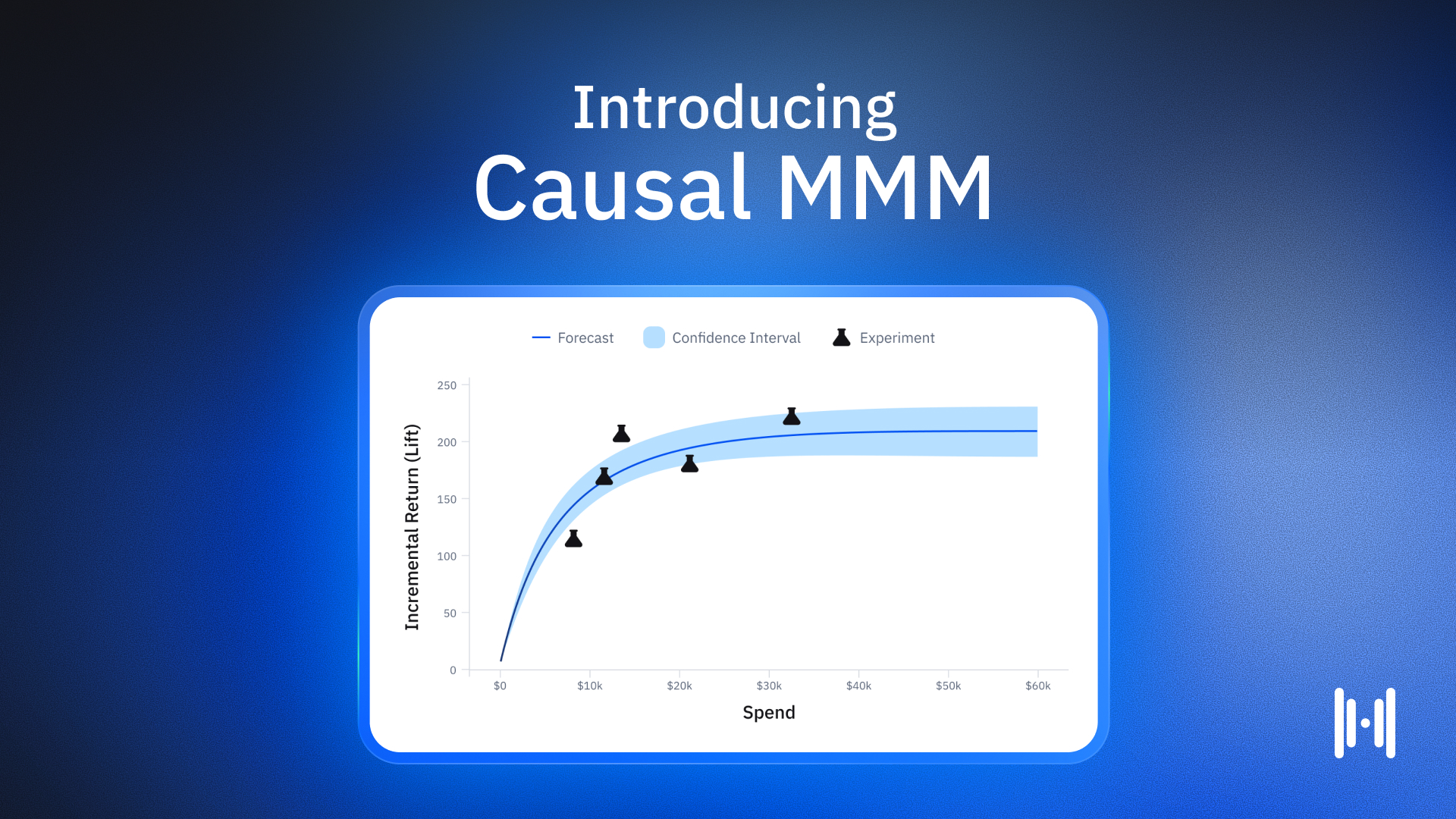
.avif)
.png)
.png)
.png)
.png)
.png)
.png)
.png)
.png)
.png)
.webp)
.webp)
.webp)
.webp)
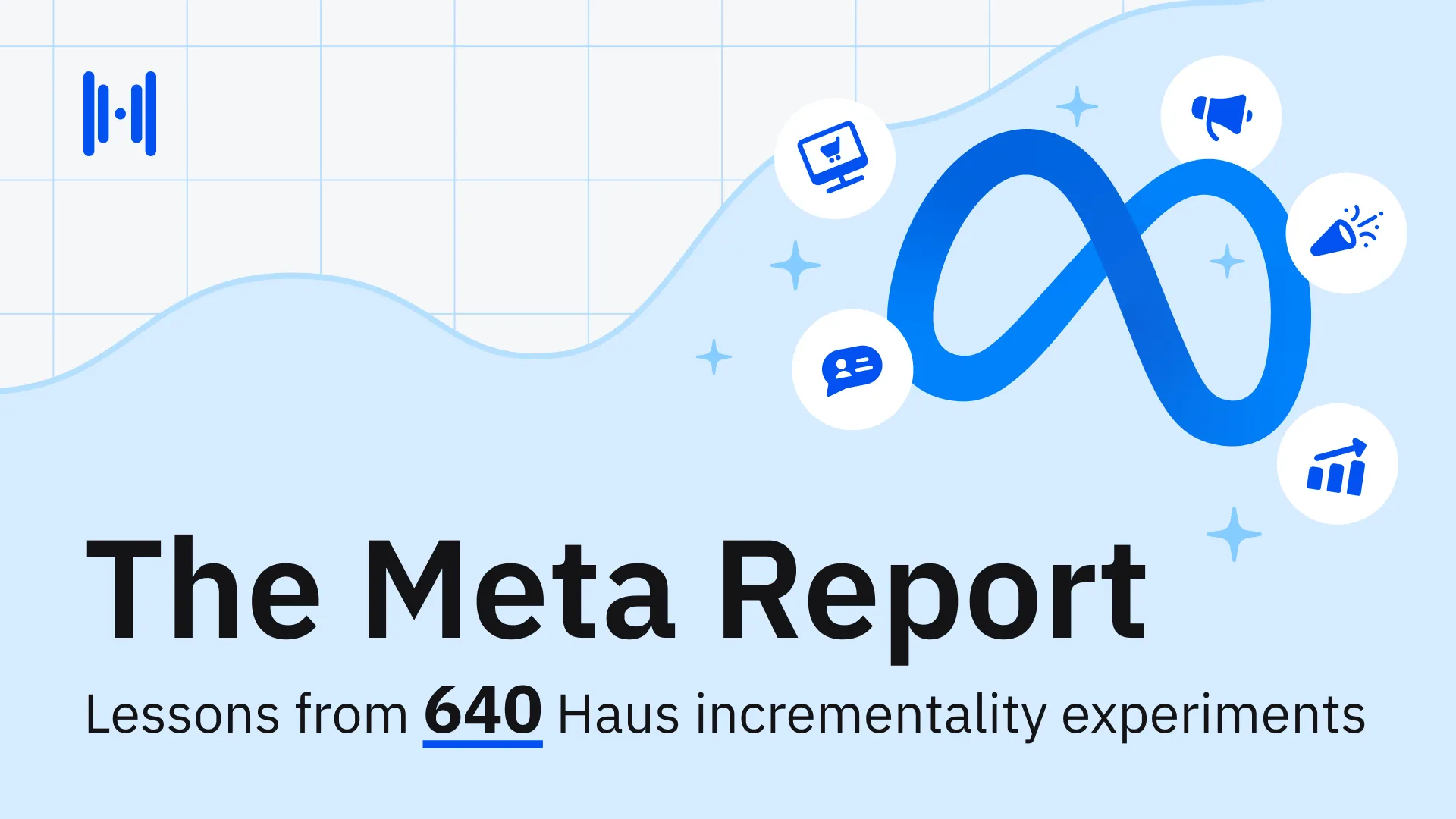
.webp)

.webp)
.webp)
.webp)
.webp)
.webp)
.webp)
.webp)
.webp)
.webp)
.webp)
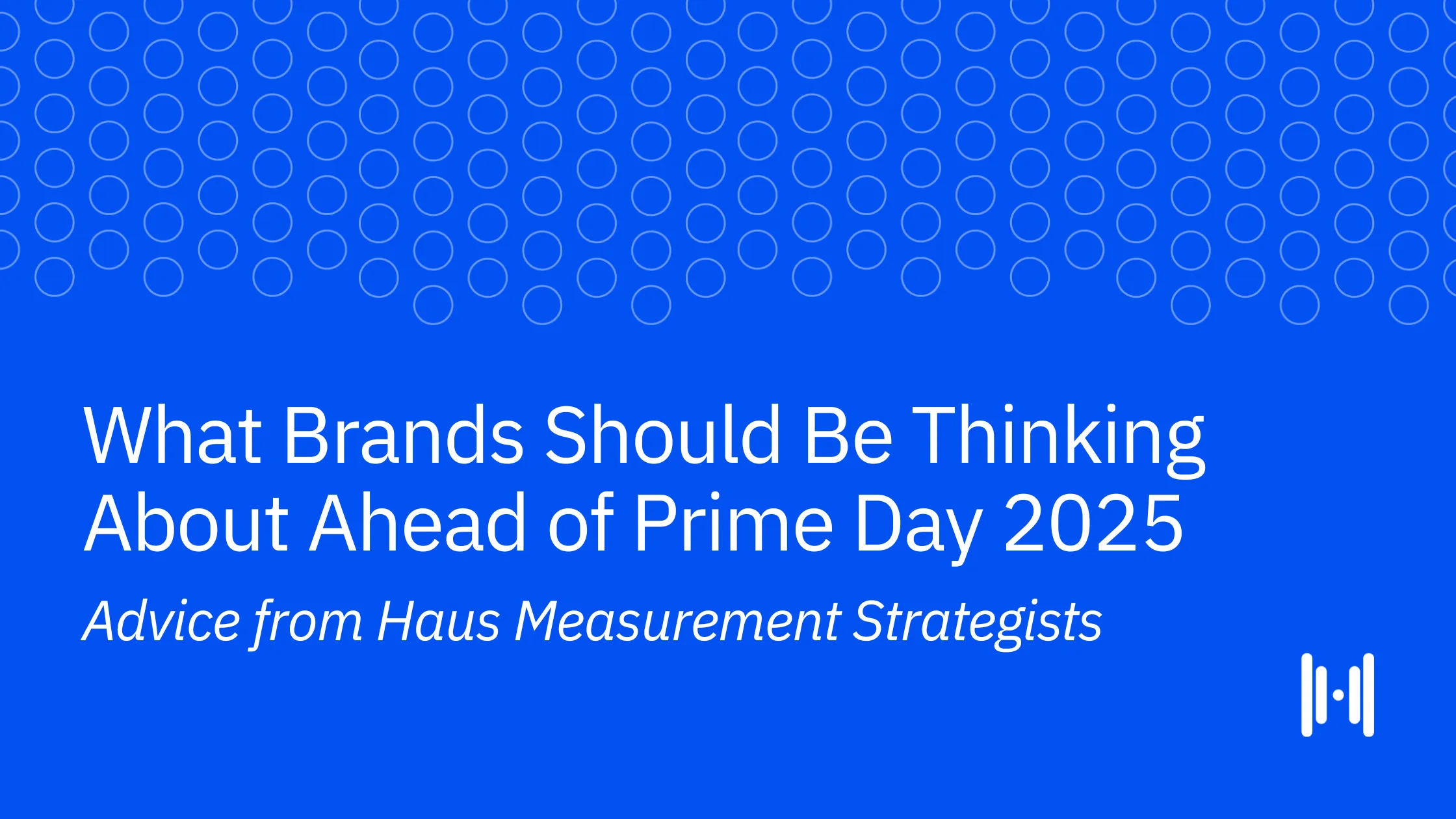
.webp)
.webp)
.webp)
.webp)
.webp)
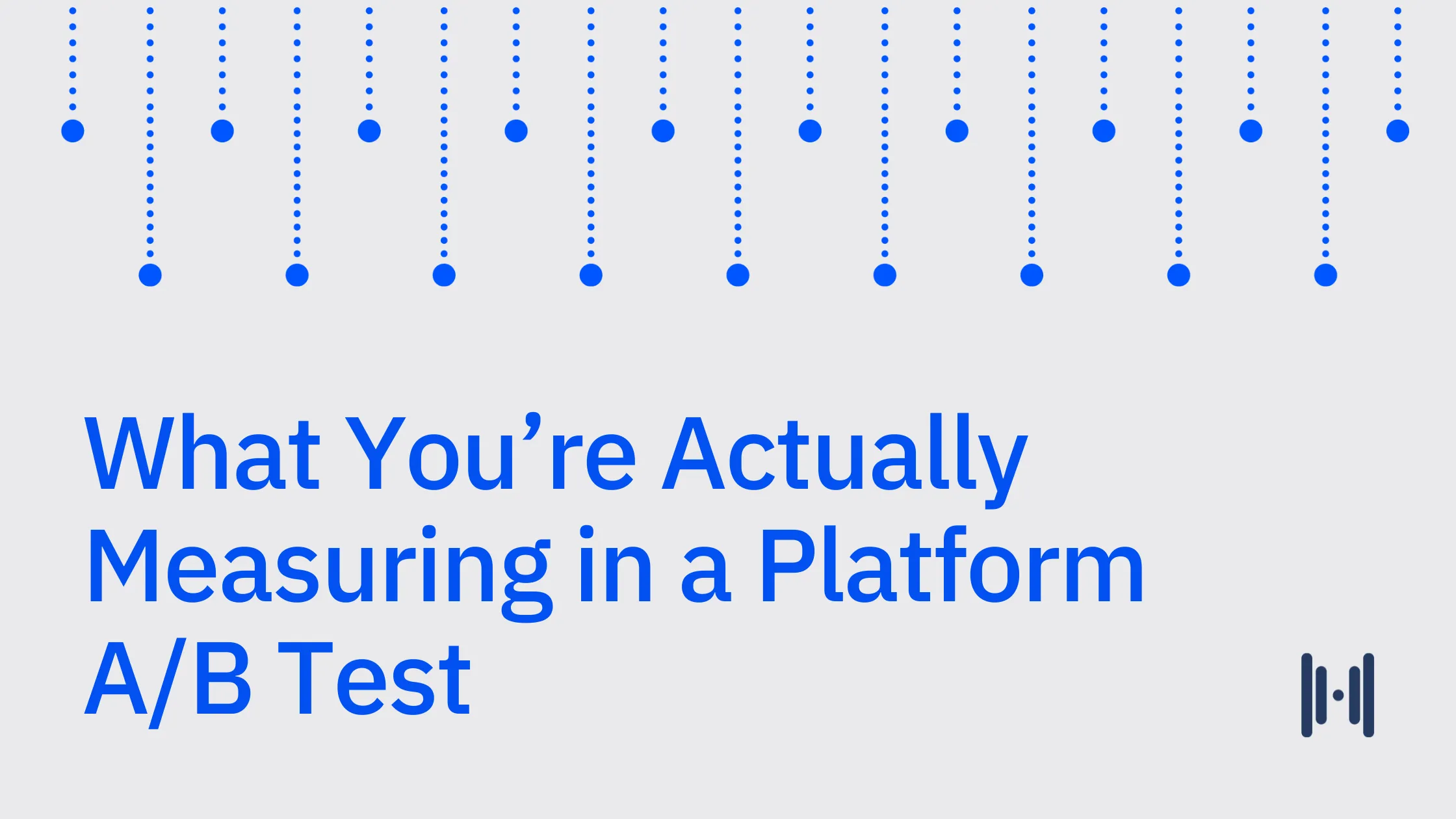
.webp)
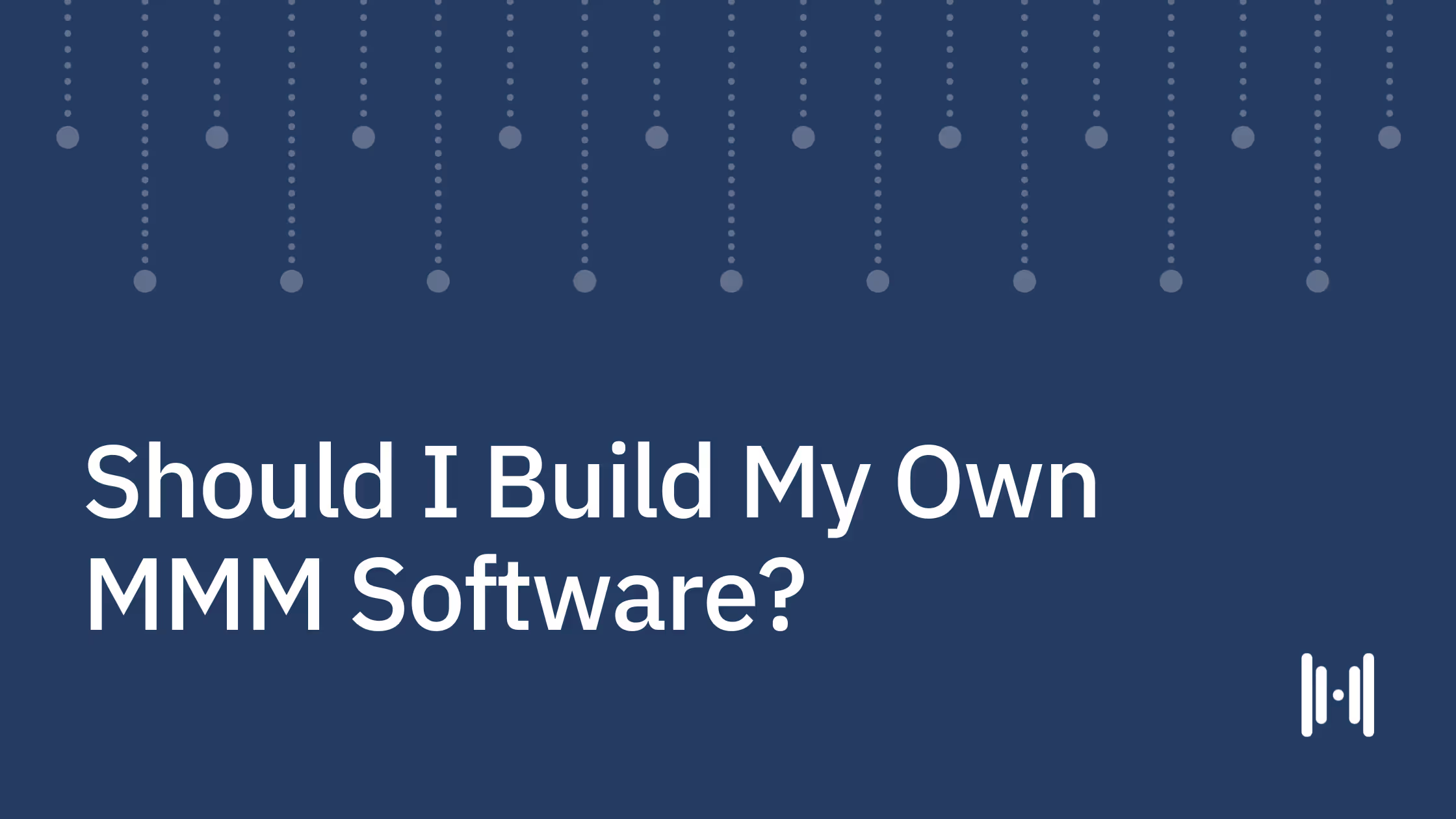
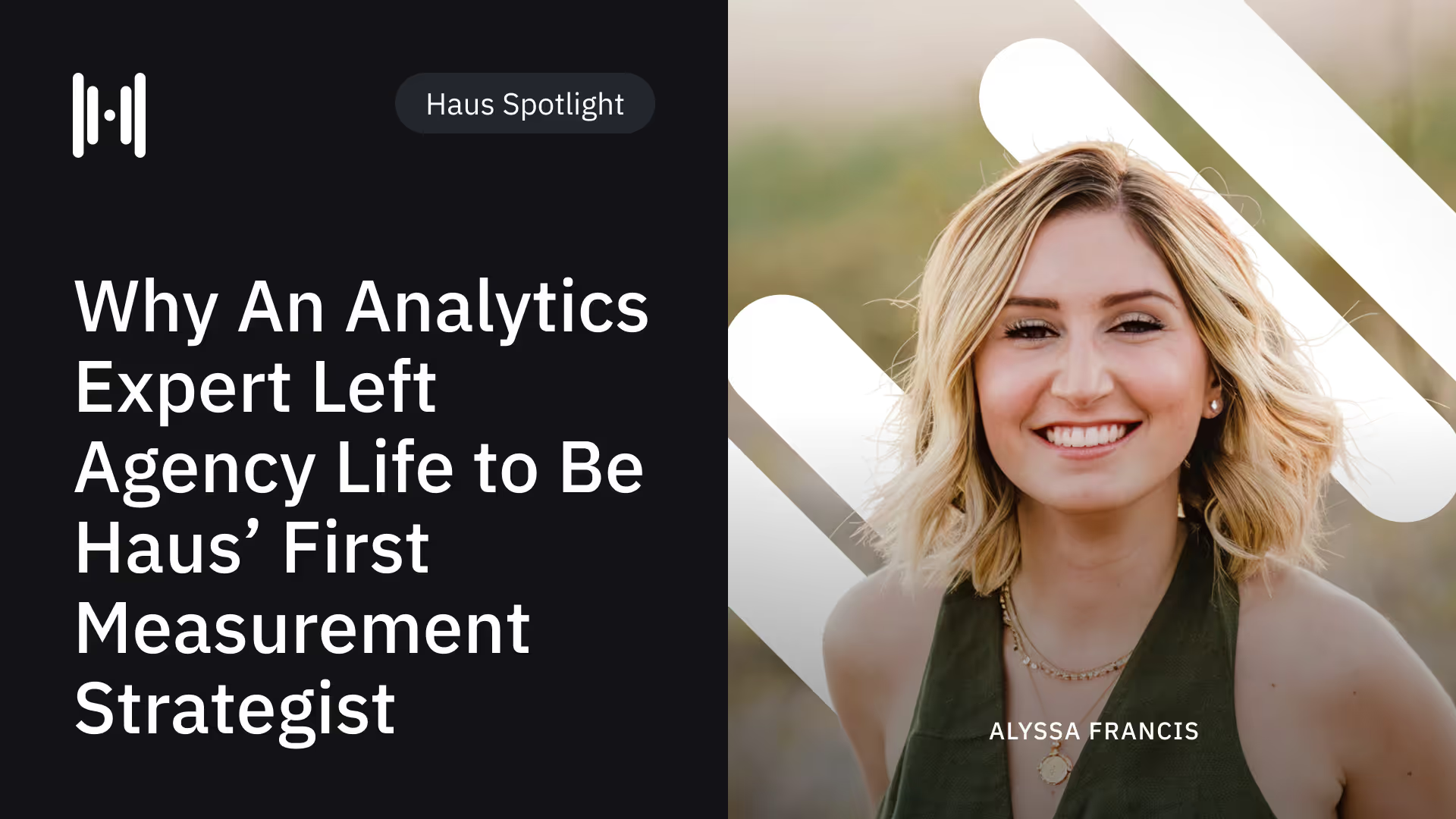
.avif)
.avif)
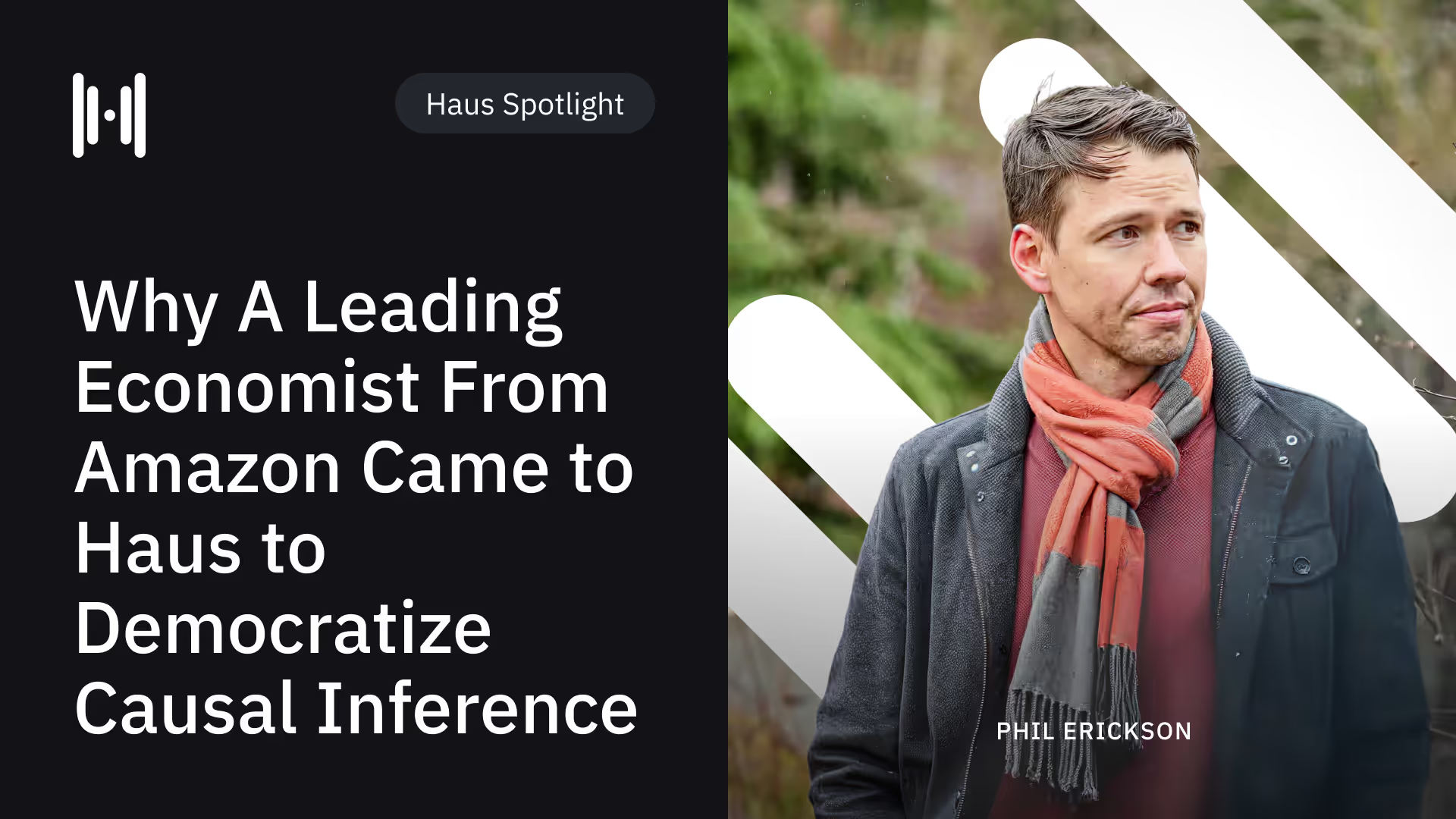
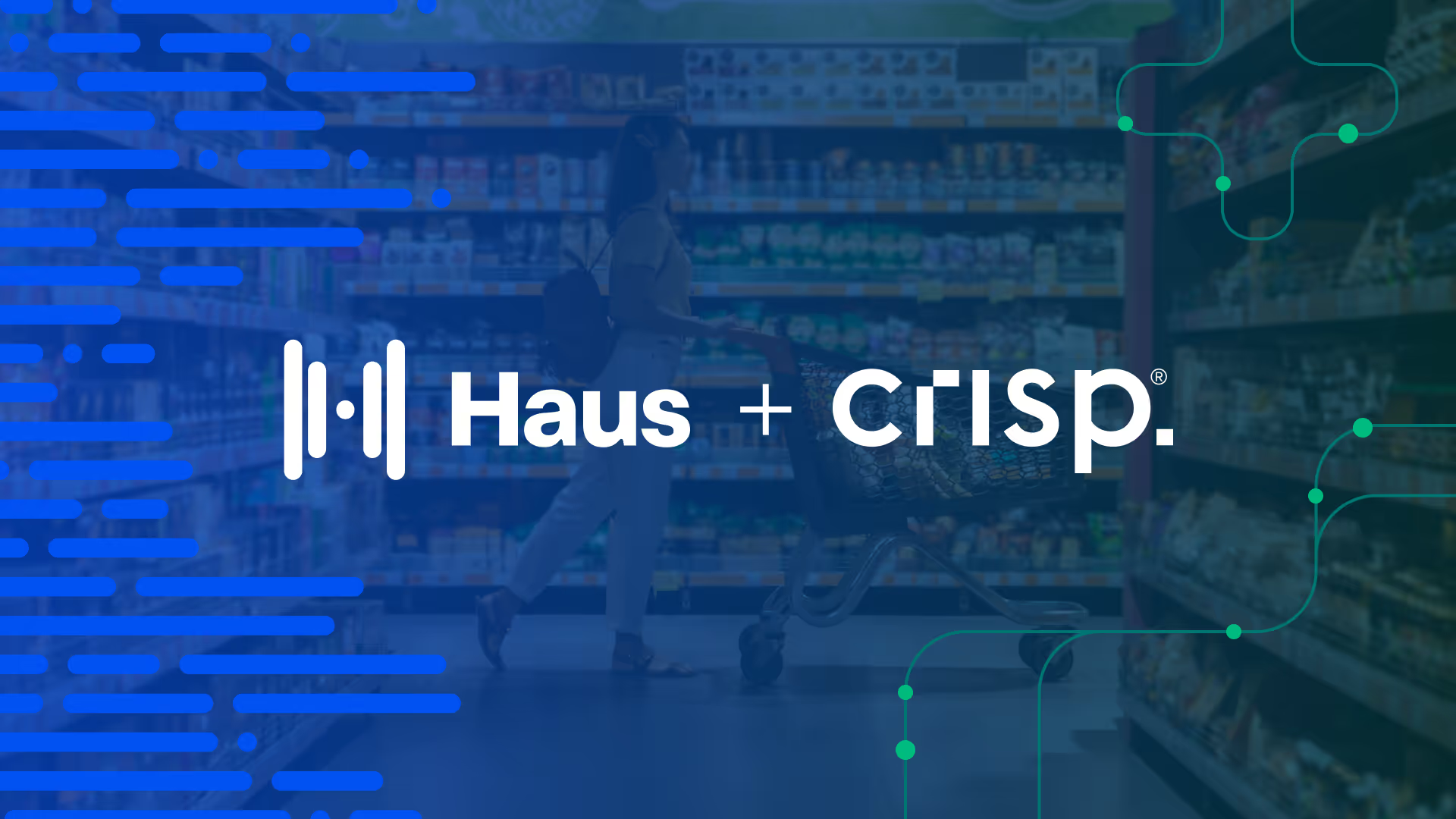
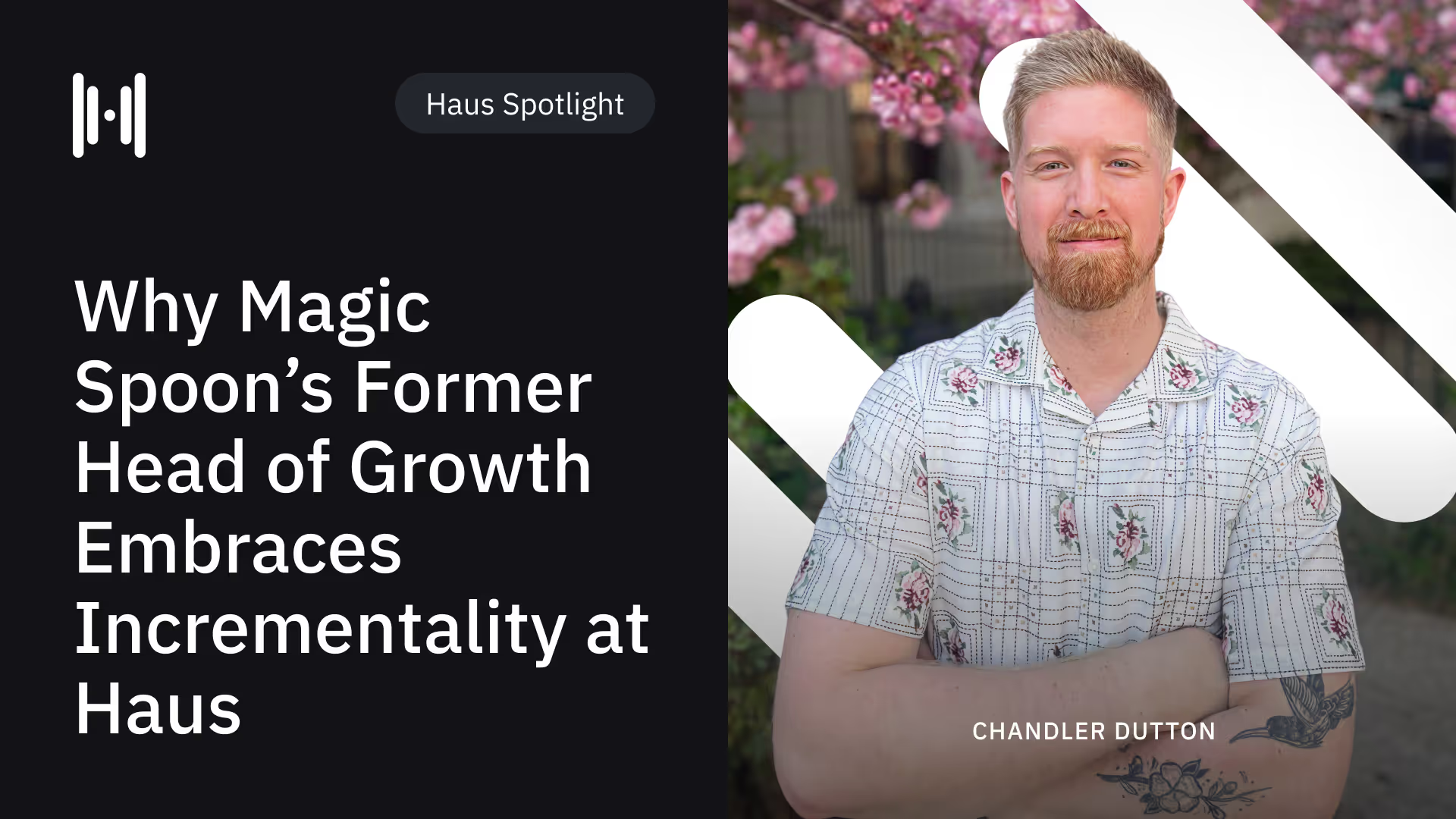
.avif)
.avif)
.avif)

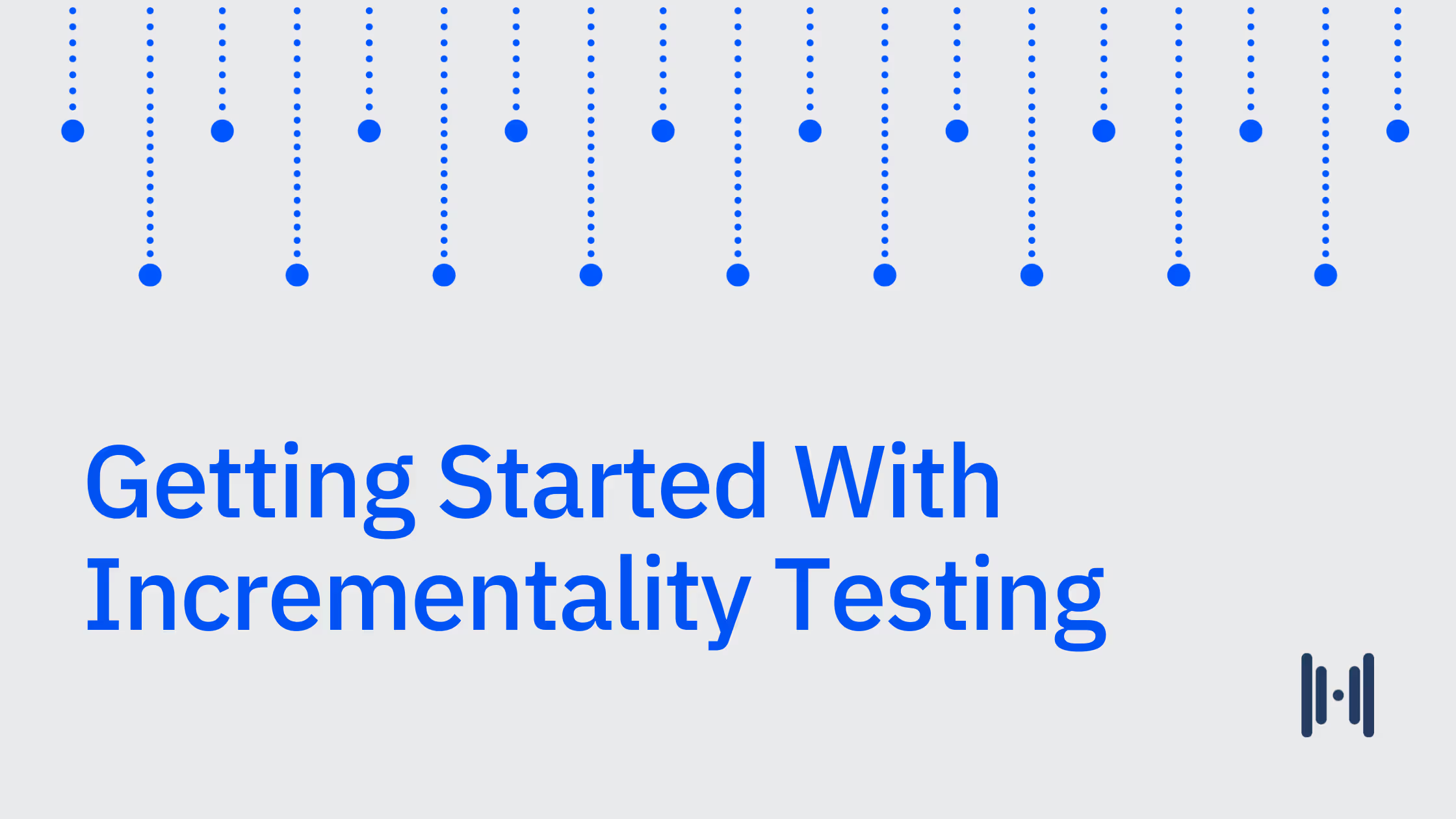
.avif)
.avif)
.avif)
.avif)
.avif)
.avif)
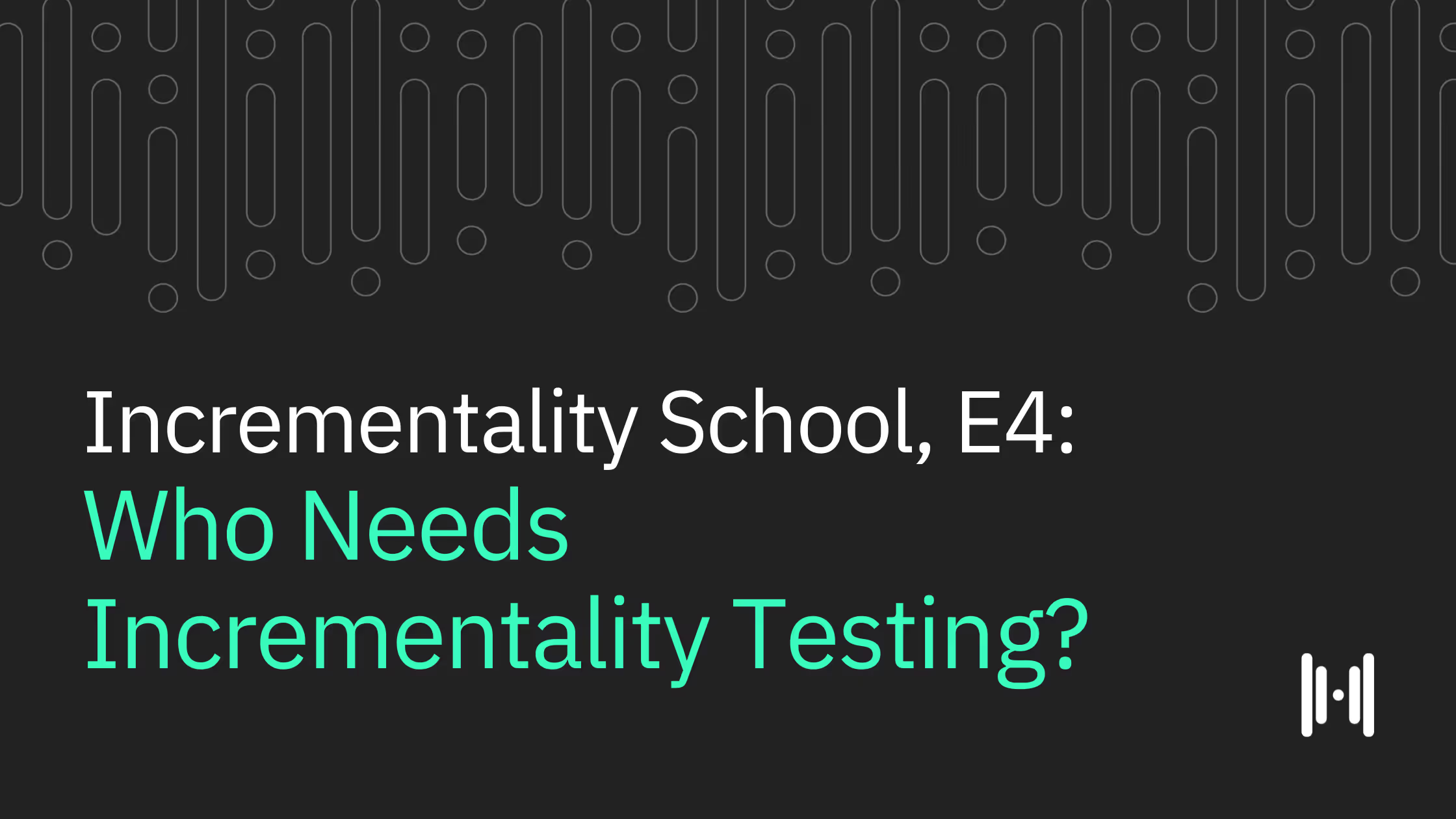
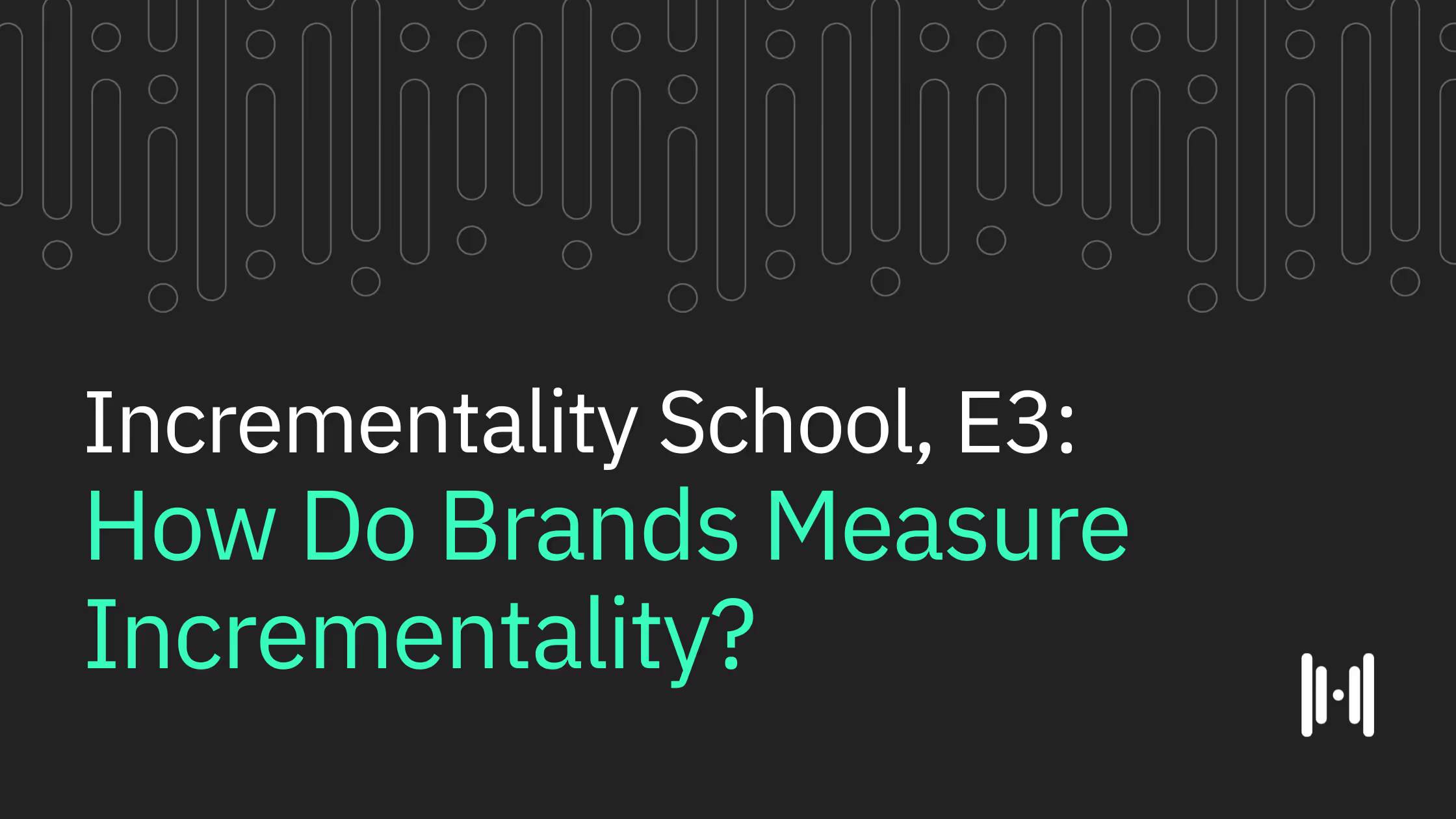
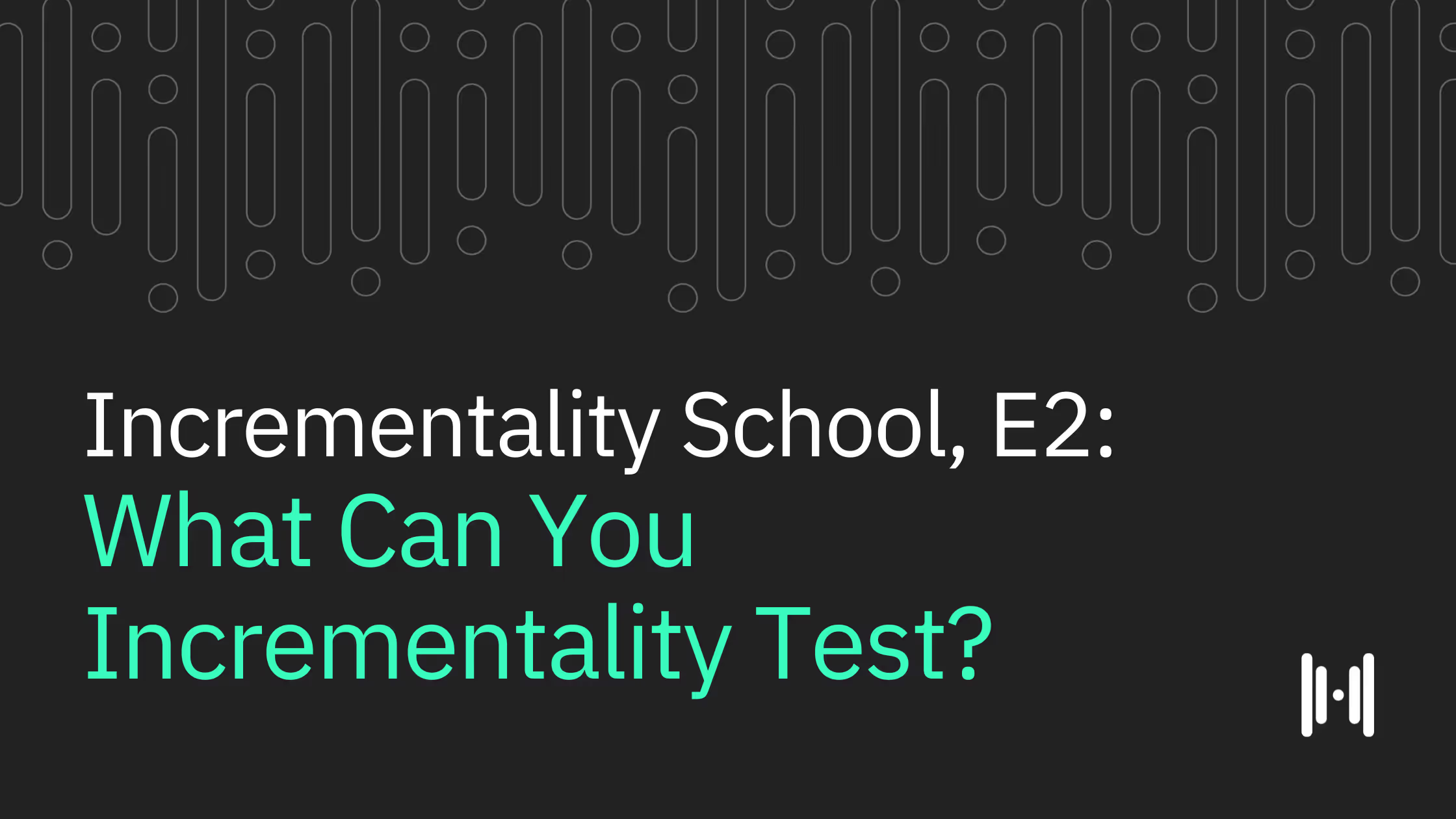

.png)
.avif)
.png)
.avif)
